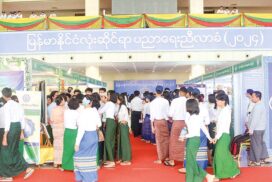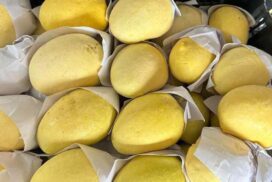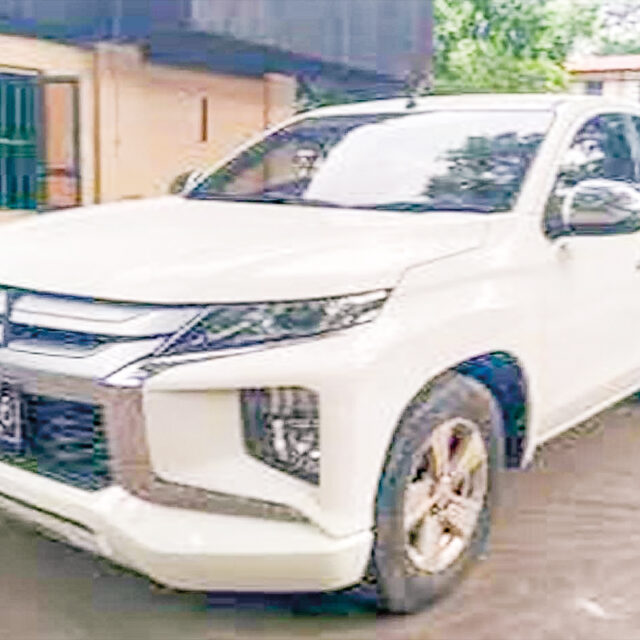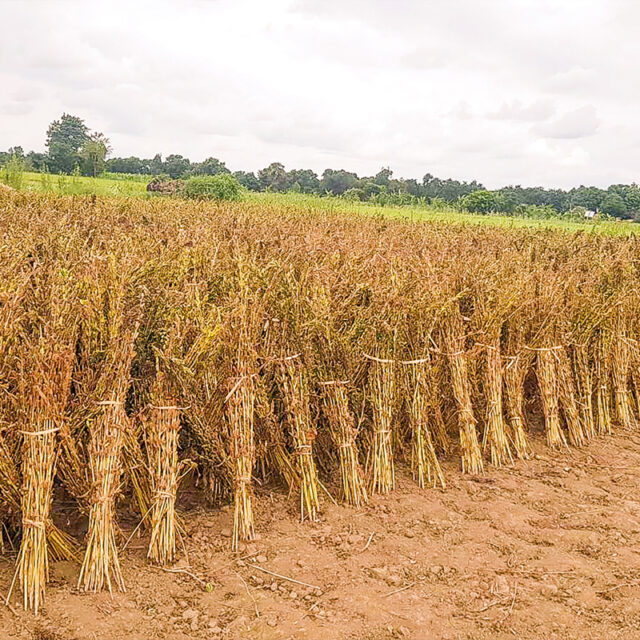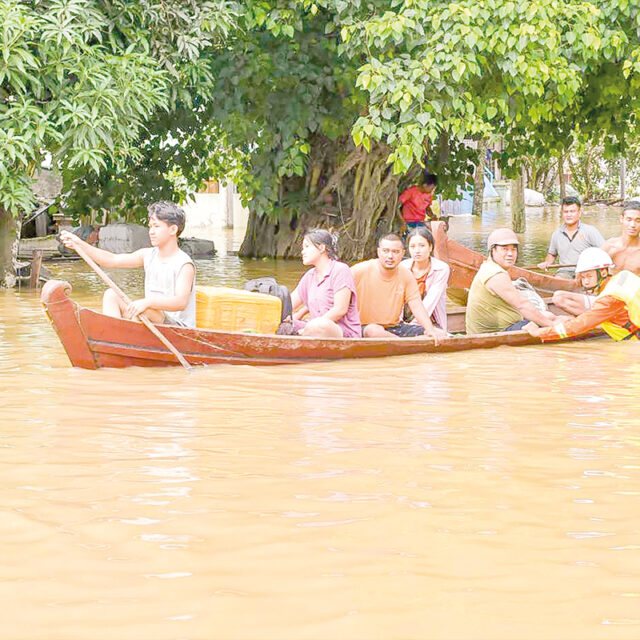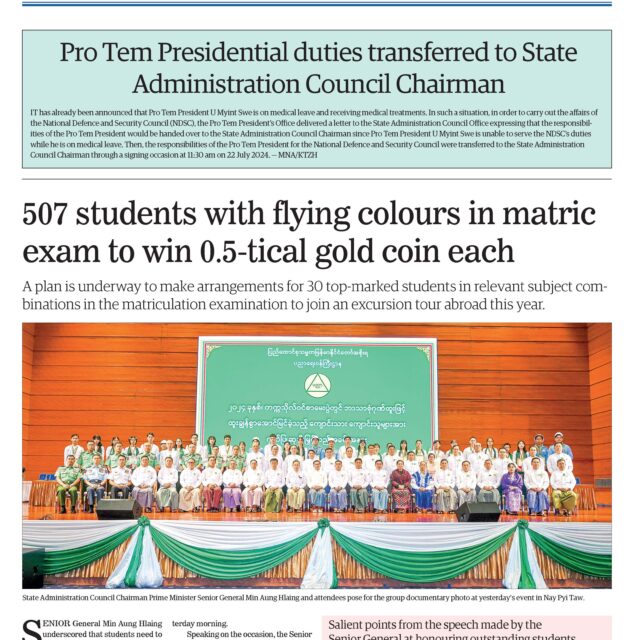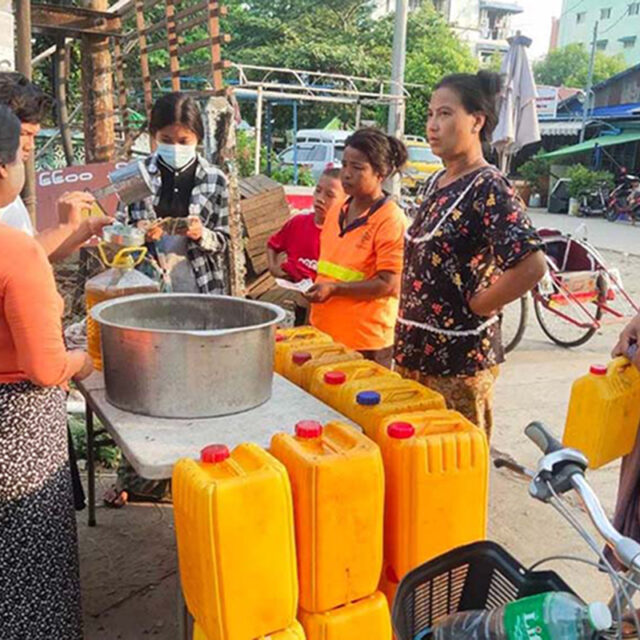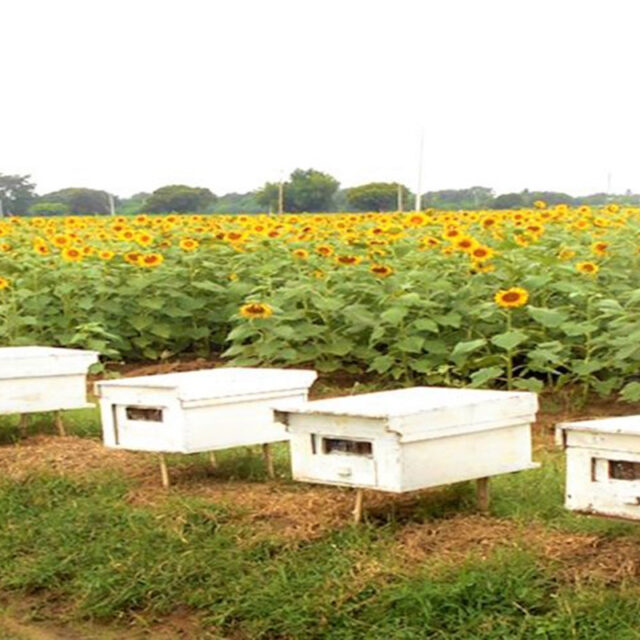Officials of the Mandalay Region Chambers of Commerce and Industry (MRCCI) and the Chambers of Commerce and Industry of Dehong Prefecture discussed matters to facilitate Myanmar’s mango export to China on 11 April at the MRCCI’s office in the presence of mango growers.
They highlighted the fast delivery of Myanmar’s mango to China through possible road channels, smooth customs clearance, and exploration of potential trade channels. Moreover, they coordinated on matters regarding trade barriers that exporters experienced on the Kengtung-Mongla-Dalo road channels, including tax and freight shipping time.
Fruit traders faced a series of challenges while exporting mangoes to China, such as watermelon export.
At present, extreme weather and transportation on rough roads are contributing factors to the physical damage of the fruits. Therefore, Muse Post, which was the previous trade channel, is the only option for mango exports, fruit deport owners stressed.
Myanmar’s mango traders might face significant challenges to grasp a market share depending on trade route and mango quality.
Myanmar’s popular Seintalone mango fetched 120-180 yuan per 16-kilogramme basket in early April 2023. They were worth about K50,000 per 16-kg basket (40-55 pieces).
The growers are battered by the high cost of cultivation input and export market risks every year. Low use of cultivation input brought down quality, causing postharvest diseases such as stem end rot and black spots in fruit in 2022.
As a result of this, some traders did not even cover the cultivation cost due to the degrading quality of Seintalone mango.
Of about 200 mango varieties that originated in Myanmar, Seintalone, Shwehintha, Padamyar Ngamauk, Yinkwe, and Machitsu varieties are primarily grown. The foreign market prefers Seintalone varieties.
Ayeyawady Region possesses the most extensive mango plantation acres, having about 46,000 acres. Bago Region is the second largest producer, with 43,000 acres, and Mandalay has 29,000 acres of mango. There are over 24,000 acres in Kayin State, over 20,400 acres in Shan State and over 20,000 acres in Sagaing Region, according to the association. — NN/EM
Discussions underway for Myanmar’s mango export to China
- April 12, 2024
- 229


